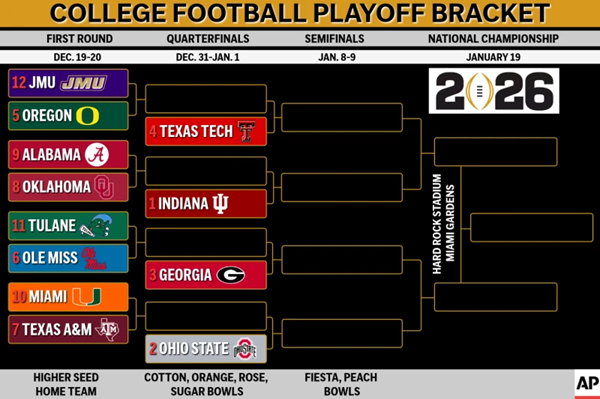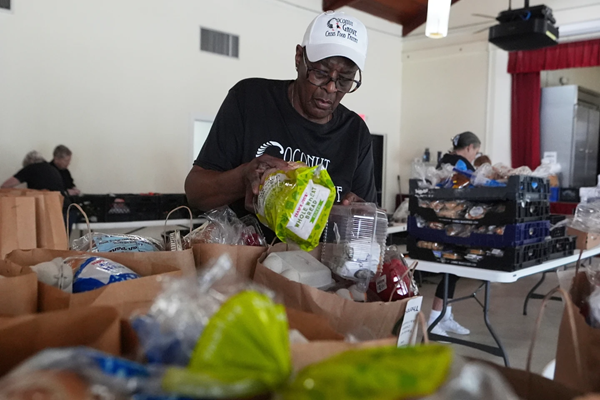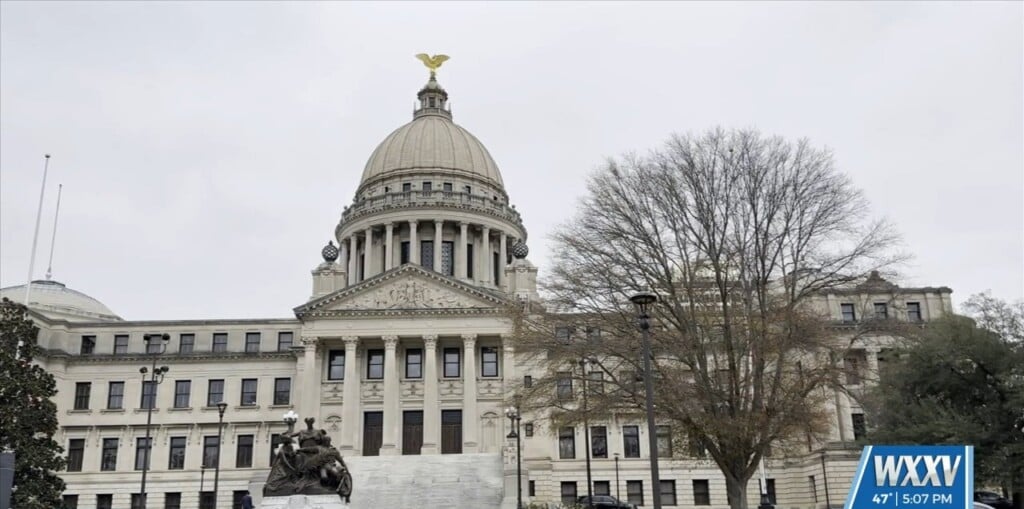Fed attacks inflation with its largest rate hike since 1994
WASHINGTON (AP) — The Federal Reserve on Wednesday intensified its drive to tame high inflation by raising its key interest rate by three-quarters of a point — its largest hike in nearly three decades — and signaling more large rate increases to come that would raise the risk of another recession.
The move the Fed announced after its latest policy meeting will raise its benchmark short-term rate, which affects many consumer and business loans, to a range of 1.5% to 1.75%. With the additional rate hikes they foresee, the policymakers expect their key rate to reach a range of 3.25% to 3.5% by year’s end — the highest level since 2008 — meaning that most forms of borrowing will become sharply more expensive.
The central bank is ramping up its drive to tighten credit and slow growth with inflation having reached a four-decade high of 8.6%, spreading to more areas of the economy and showing no sign of slowing. Americans are also starting to expect high inflation to last longer than they had before. This sentiment could embed an inflationary psychology in the economy that would make it harder to bring inflation back to the Fed’s 2% target.
The Fed’s three-quarter-point rate increase exceeds the half-point hike that Chair Jerome Powell had previously suggested was likely to be announced this week. The Fed’s decision to impose a rate hike as large as it did Wednesday was an acknowledgment that it’s struggling to curb the pace and persistence of inflation, which has been worsened by Russia’s war against Ukraine and its effects on energy prices
Speaking at a news conference Wednesday, Powell suggested that another three-quarter-point hike is possible at the Fed’s next meeting in late July, if inflation pressures remain high. Asked why the Fed was announcing a more aggressive rate hike than he had earlier signaled it would, Powell replied that the latest data had shown inflation to be hotter than expected and that the public’s inflation expectations have accelerated.
“We thought strong action was warranted at this meeting,” he said, “and we delivered that.”
Inflation has shot to the top of voter concerns in the months before Congress’ midterm elections, souring the public’s view of the economy, weakening President Joe Biden’s approval ratings and raising the likelihood of Democratic losses in November. Biden has sought to show he recognizes the pain that inflation is causing American households but has struggled to find policy actions that might make a real difference. The president has stressed his belief that the power to curb inflation rests mainly with the Fed.
Yet the Fed’s rate hikes are blunt tools for trying to lower inflation while also sustaining growth. Shortages of oil, gasoline and food are escalating prices. The Fed isn’t ideally suited to address many of the roots of inflation, which involve Russia’s invasion of Ukraine, still-clogged global supply chains, labor shortages and surging demand for services from airline tickets to restaurant meals.
At his news conference, Powell struck a defensive note when asked whether the Fed was now prepared to accept a recession as the price of curbing inflation and bringing it close to the Fed 2.% target level.




